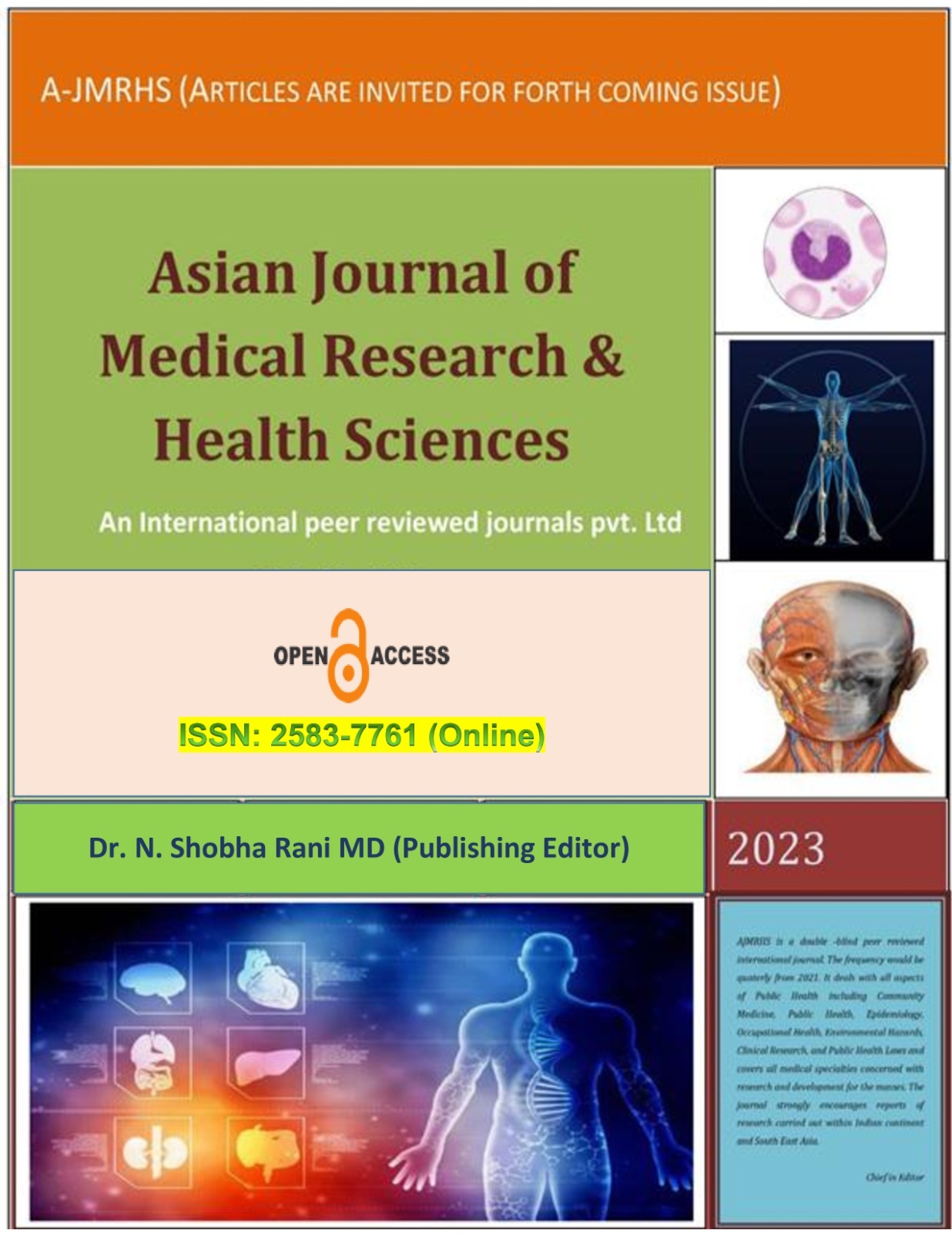Peer Review Policy
AJMRHS uses a transparent, robust peer review process that meets DOAJ’s requirements by clearly describing the review model, documenting reviewer roles, applying quality control before publication, and publicly labeling what content is peer reviewed.
All research articles undergo external peer review with at least two independent reviewers, and the full process—including exceptions, masking, decision-making, and timelines—is openly stated on the journal website.
Review model
AJMRHS operates a double‑anonymous peer review model in which author and reviewer identities are masked, with the masking practice explicitly described on the website per transparency guidelines.
All content that is peer reviewed is clearly identified, and any content that is not peer reviewed is labeled accordingly on the article and journal pages.
Quality control
Every article passes through a quality control system (peer review) before publication, with the type and details of the process stated clearly on the website.
At least two independent reviewers evaluate each research article to ensure rigor and editorial quality prior to acceptance.
Workflow steps
-
Editorial screening: Submissions are checked for scope fit, completeness, and basic ethical compliance before review; plagiarism screening is used as a recommended best practice.
-
External review: Eligible manuscripts are sent to at least two subject‑expert reviewers external to the editorial team, following the journal’s masking policy.
-
Editorial decision: Editors consider reviewer reports and make the final decision (accept, revise, or reject), with the decision pathway described on the website.
Reviewer selection and independence
-
Reviewers are chosen for subject‑matter expertise, methodological competence, and a relevant publication record; postgraduate qualifications and/or equivalent research experience are preferred.
-
Editors verify independence and screen for conflicts of interest; recent coauthorship, same‑institution affiliation, supervisory relationships, financial ties, or personal relationships with authors disqualify a reviewer for that manuscript.
-
Diversity of expertise, geography, gender, and career stage is actively considered to broaden perspectives and reduce bias.
Decisions and revisions
Decision categories and revision rounds are defined and disclosed, and editors decide outcomes based on reviewer advice and editorial criteria rather than business or revenue considerations.
Where an article follows an exception to the usual review route, the article record states what review it received to ensure transparency.
Timelines and dates
Average timeframes (1 month) from submission to first decision and to publication are monitored and reported, and journals do not guarantee acceptance.
Reviewer Policy
Reviewer Responsibilities
-
Provide objective, evidence‑based, and constructive reports focused on study design, methods, interpretation, and reporting quality; suggest actionable improvements and relevant literature.
-
Maintain strict confidentiality; do not share, cite, or use manuscript content before publication; do not use generative tools that may transmit confidential content.
-
Declare any potential conflicts immediately and recuse if bias cannot be avoided; refrain from evaluating work outside one’s competence.
Timeliness and quality
-
Accept reviews only when the expertise, time, and objectivity needed are available; adhere to agreed deadlines and notify editors promptly if delays arise.
-
Use professional language, avoid discriminatory or demeaning remarks, and supply clear rationales for all major comments and recommendations.
Recognition
-
AJMRHS acknowledges reviewer contributions through annual public thanks, certificates, ORCID credit where applicable, and optional services (e.g., Publons) upon reviewer consent.
-
No financial incentives are offered; reviewers are not eligible for any form of waiver linked to authorship, and AJMRHS does not charge submission or publication fees.




